On May 28, 1937, the Golden Gate Bridge officially opened to traffic. It was the longest suspension bridge in the world at the time of its opening and was dubbed a “Wonder of the World” structure.
The Golden Gate is a narrow passage of water that connects San Francisco Bay to the Pacific Ocean. Formed by the erosive water from the Sacramento and San Joaquin Rivers during the Ice Age, the deep channel features powerful tidal currents. Dense fog forms over the region as cool, moist, ocean air travels inland and meets warmer temperatures. The frequent thick fog may help to explain why several seasoned explorers failed to discover the Golden Gate until 1769.
On August 5, 1775, Juan de Ayala steered his ship, the San Carlos, into the bay, becoming the first European to pass through the strait. It became known as the Boca del Puerto de San Francisco, or the Mouth of the Port of San Francisco. John C. Frémont renamed the area in 1846, and wrote in his memoirs, “To this Gate I gave the name of Chrysopylae,” which means Golden Gate.
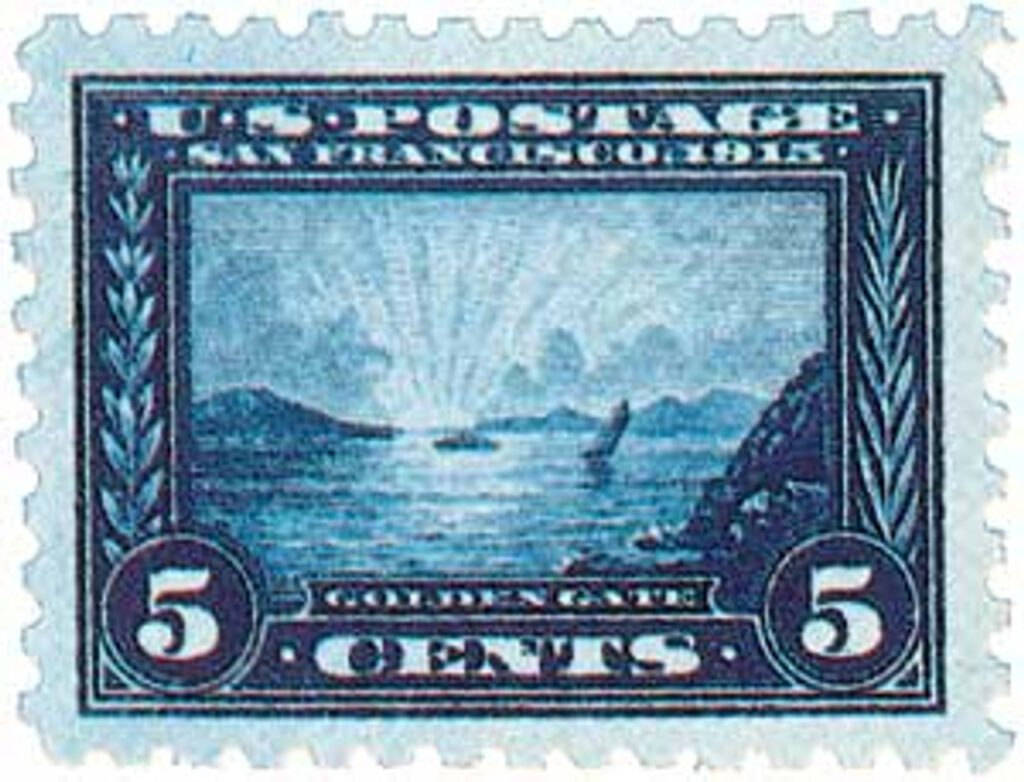
The idea of building a bridge across the Golden Gate Strait was proposed as early as 1872. During the early 1900s, many engineers doubted it could be done, and others speculated it would cost as much as $100 million. In 1930, after much discussion, voters within the Golden Gate Bridge and Highway District put their homes, farms, and businesses up as collateral to support a $35 million bond issue to finance building the bridge. The bridge was developed from the imagination of engineer Joseph Strauss, with the help of architect Irving Morrow, bridge designer Leon Moisseiff, and engineer Charles Alton Ellis.
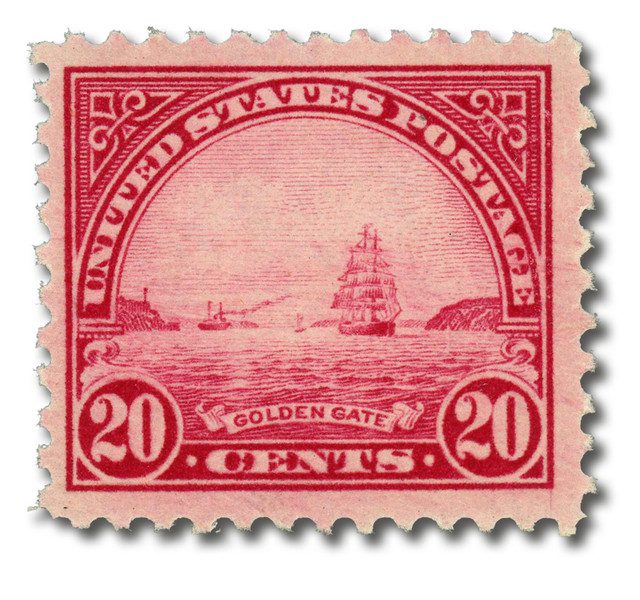
When construction of the bridge was started on January 5, 1933, the contractors encountered some unique difficulties. To lay the earthquake-proof foundation, they had to blast rock that was under water. They also had to contend with the weather – on one foggy day, a ship collided with the bridge, causing extensive damage. Construction workers had to take special safety precautions when building the bridge as well. A safety net under the bridge saved the lives of 19 men who proudly formed the “Half Way to Hell Club.” However, on February 17, 1937, ten men died when a scaffold fell through the net. Construction was completed on April 19, 1937.
The bridge’s opening was celebrated with a week of events called Golden Gate Bridge Opening Fiesta Week, lasting from May 27 to June 2. The week’s events kicked off on May 27 with Pedestrian Day. Some 18,000 people lined up to be among the first to cross the bridge when it opened at 6 a.m. Over the course of the day, about 200,000 people crossed the bridge. Many “firsts” were recorded, including the first to run, roller skate, tap dance, ride a unicycle, play the harmonica, push a baby carriage, play the tuba, or cross on stilts. The day’s events also included a parade and fireworks.
On May 28, the bridge officially opened to traffic. The day began with a dedication ceremony at 9:30 a.m., followed by the International California Redwood Log-Barrier Sawing Contest. At 11 a.m., 500 planes from Naval aircraft carriers flew over the bridge. Then at noon, President Franklin Roosevelt pressed a telegraph key from his office in the White House to declare the bridge open.
The Golden Gate Bridge is a miracle of engineering. Its 4,200-foot-long main section is suspended from two cables hung from towers 746 feet high. At the middle of the bridge, the road is 265 feet above the water. The Golden Gate Bridge is an internationally recognized symbol of American know-how and ingenuity. When it was completed in 1937, it was the longest suspension bridge in the world. The American Society of Civil Engineers also honored it as a “Wonder of the World” structure.
Two years later, the bridge was included in the celebration of the Golden Gate Exposition. The exposition was held on the 400-acre, man-made “Treasure Island” in the San Francisco Bay from February 18, 1939, to October 29, 1939. The Exposition was a World’s Fair, celebrating the Golden Gate as well as the San Francisco-Oakland Bay Bridge (opened in 1936).
The expo’s theme was “Pageant of the Pacific.” With this theme, the exposition looked beyond America, with the architecture and flavor reflecting a unique blend of European, Asian, and Latin American influences. The Golden Gate International Exposition was California’s most recent fair of this impressive size.
Watch a brief video about opening day.
| FREE printable This Day in History album pages Download a PDF of today’s article. Get a binder or other supplies to create your This Day in History album. |
Discover what else happened on This Day in History.


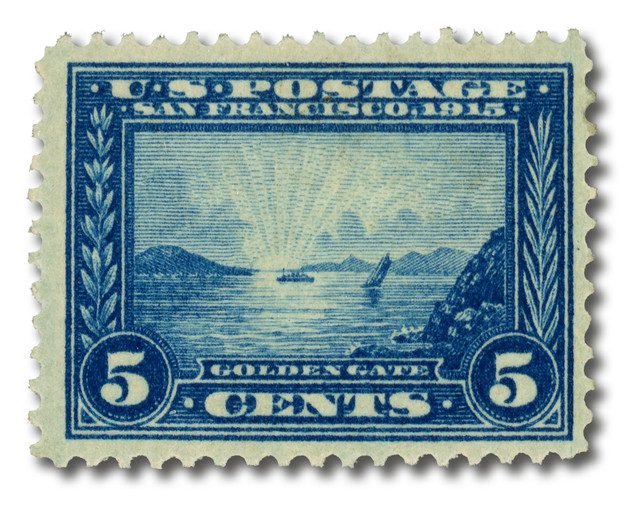
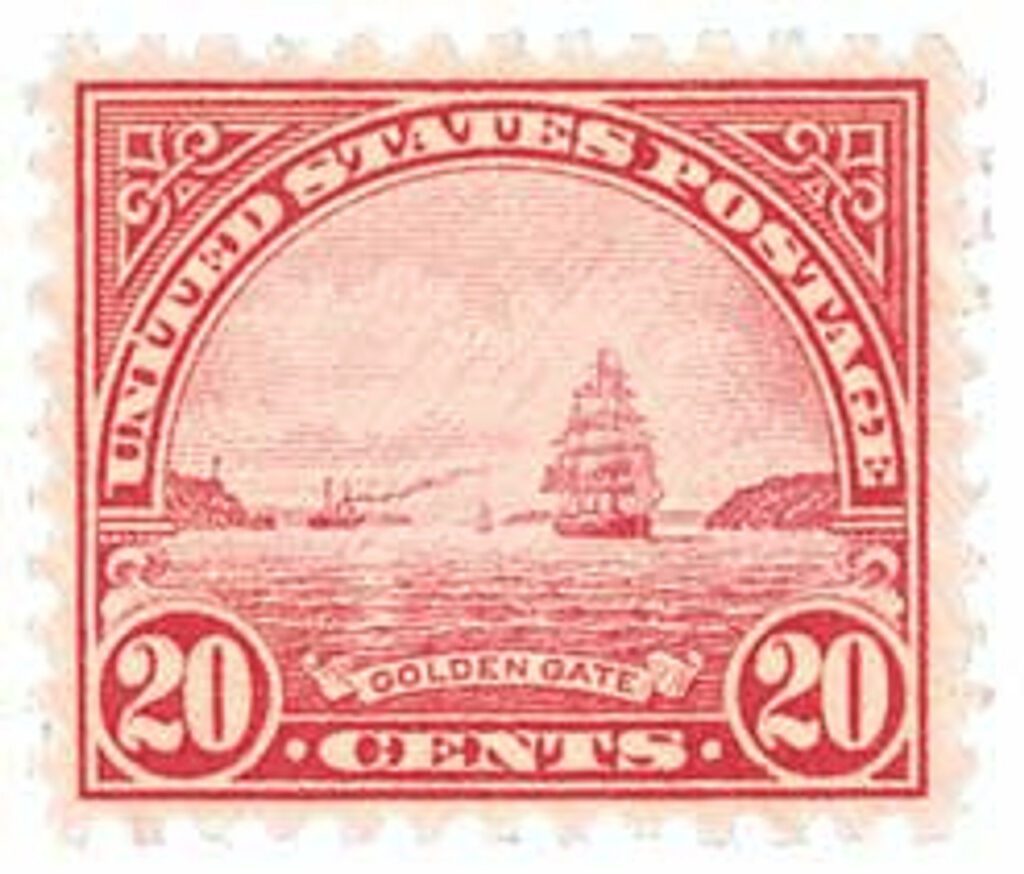


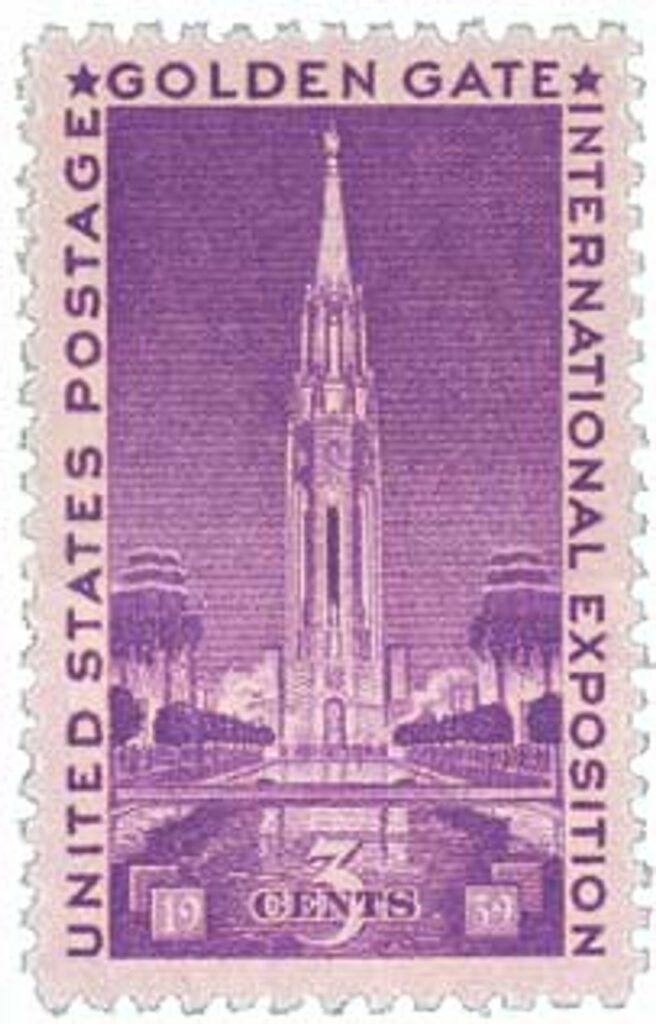
Great lessen in history thank you Mystic Stamp
The Golden Gate Bridge construction was started in the year of my birth. I did not see it until I was 35 years old. I still think of it as a Marvel of our time.
Years later I found and married my high school girlfriend that lived in Fairfax, Marin County. I have been to Alcatraz Island several times and marvel at how strong of a fortress it is.
In 1999 I celebrated my 50th birthday by walking across the Golden Gate Bridge; I’d been living in San Francisco for three decades at that time. It took me that long to get up enough nerve to try the walk. I walked all the way to Sausalito and took a ferry back. Most people walk from the north or south end to the closest tower and back. The pathway between the towers is where the braver souls and bicyclists venture. I recommend walking across the Bridge if you’re ever in the area; it’s something you most likely won’t forget or regret.
What’s this business about Juan de Ayala being the first European to pass through the Golden Gate in 1775? I always thought that honor belonged to Sir Francis Drake in 1579. USPS issued a postcard in 1979 honoring that event. After all, Drake is credited with the discovery of San Francisco Bay, and he’d certainly have had to sail thru the Gate to do that! Some clarification would be nice.
According to the best evidence, Drake did not enter San Francisco Bay. The entrance to the Bay is set back between two points of land to the south and the north. His ship was probably further out in the ocean, and the relatively narrow entrance to the Bay may have been shrouded in fog, or it blended into the hills on the east side. Drake probably landed in an inlet or bay north of S.F. Bay which is now called Drake’s Bay.